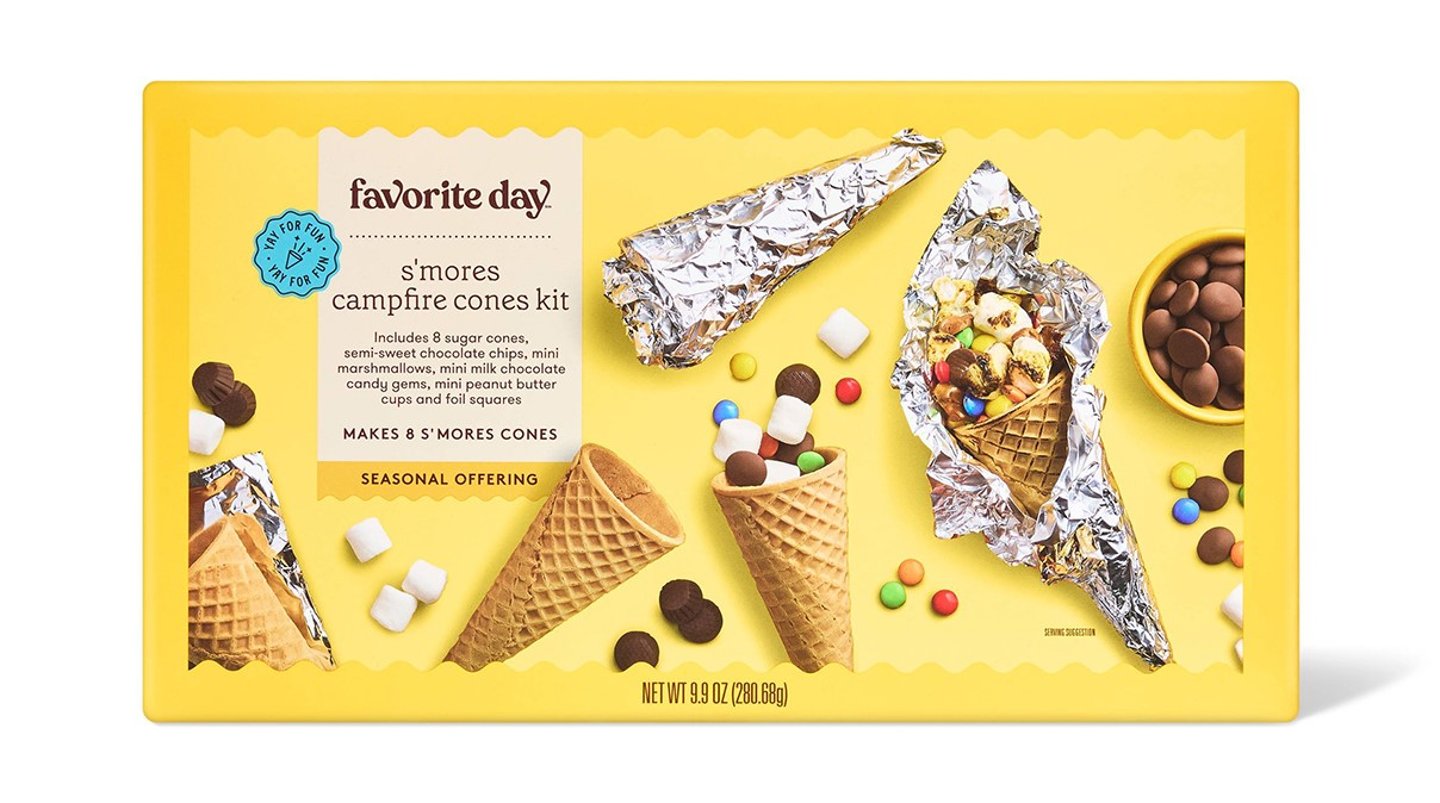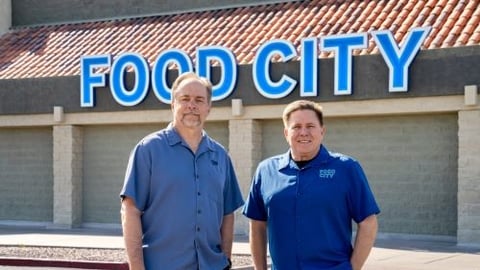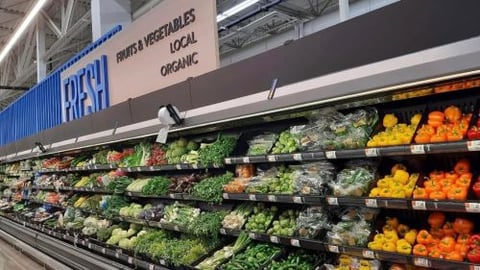Target at a Crossroads
Target is experiencing one of its most difficult times in recent memory.
CEO Brian Cornell acknowledged in an internal email last month – subsequently published in Target’s hometown newspaper, the Star Tribune – that the company has had “a tough few months,” and cited silence from leadership that has created uncertainty among staff.
However, the Minneapolis-based retailer’s disappointing drop in net sales, traffic and transactions in its first quarter were driven not by “bad communications,” but by a convergence of disruptive trends.
Inflation-weary consumers have been feeling worse about the economy and pulled back on discretionary spending. The company continues to face reputational backlash linked to political and cultural polarization. And Target – lovingly known to many consumers as “Tarzhay” – has been hit with shopper complaints related to in-store service and execution.
Some of these headwinds aren’t unique to Target, but they’re especially detrimental to a retailer known for curating the perfect mix of lifestyle branding and everyday essentials.
The Discretionary Downturn
The most direct hit to Target’s top line has been a dramatic shift in consumer behavior. Inflation and other macro headwinds have made shoppers more cautious this year, especially with nonessential purchases. While categories such as food and beverage and beauty have held up at Target, discretionary categories such as apparel, home décor and electronics – core pillars of the company’s differentiation – have softened significantly.
“In the first quarter, our team and our business faced an exceptionally challenging environment that affected our performance with declines in both traffic and sales, most notably in our discretionary categories,” Cornell said during the company’s Q1 earnings call in May. “For several years now, we’ve seen pressure in our discretionary businesses as spending adjusted down from elevated levels during the pandemic and then moved further away in the face of historically high inflation and needs-based categories. On top of those ongoing challenges, we faced several additional headwinds this quarter, including five consecutive months of declining consumer confidence, uncertainty regarding the impact of potential tariffs and the reaction to the updates we shared on belonging in January.”
In response, Target says that it’s doubling down on its food and beverage business in 2025, identifying the category as a vital lever for long-term growth, guest loyalty and daily relevance. Despite a 3% year-over-year decline in overall Q1 net sales, food and beverage was indeed a bright spot for Target, generating $5.9 billion in revenue, compared with $5.85 billion in the prior-year quarter. This performance underscores the company’s plan to stay focused on everyday essentials that drive frequent trips and deepen brand trust with core shoppers.
The company continues to grow its Good & Gather and Favorite Day grocery private labels, which now play a big role in reinforcing price perception and quality. These brands help Target deliver compelling options across fresh, frozen, snacking, dairy and pantry staples – categories that attract families and repeat customers.
Cultural Flashpoints
Adding to the strain at Target is a wave of sentiment that has put it in the crosshairs of consumers, social media and the press. The retailer has experienced backlash and boycotts since at least 2023 over its culturally relevant merchandising decisions. While executives have played down the long-term financial impacts, the reputational toll has been harder to measure.
Retailers today face more scrutiny than ever before not just for what they sell, but also for the values they signal. Every assortment decision, marketing campaign or social stance risks alienating one side of the cultural divide. It’s a nearly impossible needle to thread for all retailers.
But Target has been especially vulnerable to what many U.S. retailers face today: a fraught marketplace in which neutrality is elusive and perception can swing faster than earnings can recover.
In-Store Experience
While Target’s digital sales grew 4.7% in Q1 and same-day services such as Drive Up surged 36%, the physical shopping experience – once a crown jewel for Target – has shown signs of deterioration.
“We’ve got to make sure in this environment we are consistent, we’re reliable,” Cornell said. “That’s code for making sure we’re in stock every time you shop. We’ve got to make sure we provide a great in-store experience. That starts with great assortments, great newness and great value. And we got to be really laser-focused on providing a great in-store experience every time our guests shop. We’ve got to make sure style, trend, fashion – that ‘Tar-zhay’ magic – is something we lead with, and we complement that with great essentials, great food and beverage, and great execution each and every day.”
In an era when convenience and experience are critical differentiators, even small lapses can drive customers to competitors. Retail executives have acknowledged the need for faster execution and more consistent in-store standards. In response, Target has created a new “Acceleration Office” tasked with improving operational speed and decision-making.
“We’re finding new ways to move faster and operate differently, given that uncertainty and the pace of change are higher than ever,” Cornell said. “We announced the formation of an enterprise, an Acceleration Office, as well as several organizational changes to bring even more clarity and speed to how we operate and advance our strategy across the company.”
Target is also investing in fresh merchandising layouts, improved refrigeration infrastructure, and new team training protocols designed to restore trust in perishables and fresh categories. Remodeled stores will feature intuitive wayfinding, smaller formats tailored to urban markets, and enhanced cold-chain capabilities – all designed to reinvigorate the in-store experience.
While Target is a recent example, the company’s current struggles speak to a larger truth: All retailers are navigating a minefield. Economic pressures, cultural polarization and rising customer expectations have created a volatile environment in which any strategic move can be misinterpreted, politicized or weaponized. Whether it’s balancing inclusive branding with political neutrality, optimizing inventory without overextending, or modernizing stores while managing labor costs, today’s retail leaders face unprecedented complexity. The margin for error is shrinking.








